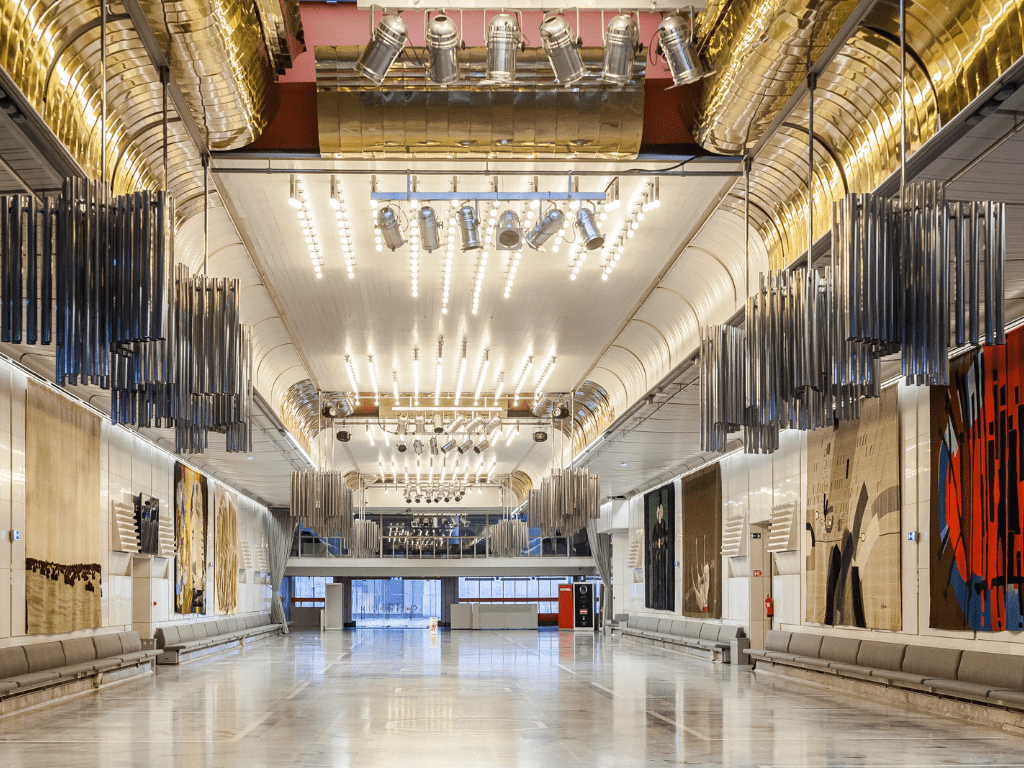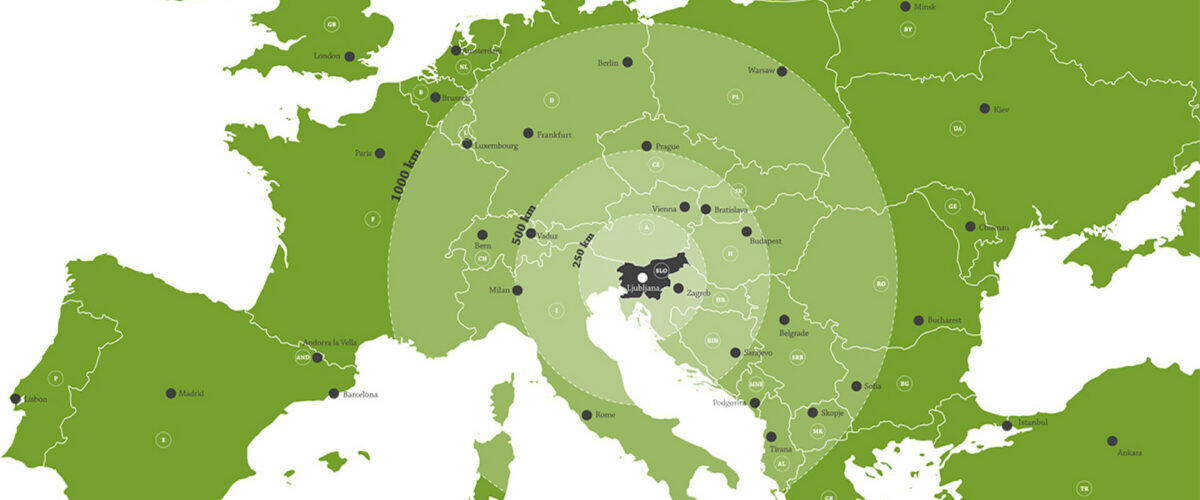How to get to Ljubljana
With just over 300,000 inhabitants, Ljubljana is quite a small and charming capital. Travel connections are not as frequent as in larger cities, so PRO TIP: book your travel early!
By plane – directly to Ljubljana
Ljubljana Jože Pučnik Airport, located in Brnik, is the country’s main airport, about 25 km from the city centre. Direct flight connections are available from major airports such as Amsterdam, London, Frankfurt, Munich, Paris, Istanbul, Brussels, … though they are not very frequent. Please check schedules and book early.
By Plane – to cities around
An alternative option is to look at nearby airports, which may also offer cheaper flights:
- Klagenfurt (88 km)
- Trieste (121 km)
- Zagreb (152 km)
- Venice (231 km)
To reach Ljubljana, check for direct shuttle services from these airports with providers such as Go Opti or Nomago or train connections.
By Train
Did you know that the The EuroNight takes you from Zurich, Feldkirch, Stuttgart, and Munich directly to Ljubljana? It is a comfortable travel option with low emissions. There are certainly also many other convenient train connections.
By Bus
You might be surprised by the fast and direct travel options available via Flixbus or other coach operators to Ljubljana. Check them out!
By Car
Ljubljana lies in the heart of Europe, making it easily accessible by road. Consider carpooling with colleagues for a convenient and sustainable travel option.
Keep in mind! All motorways in Slovenia are toll roads. You need to buy a (digital) vignette before entering the motorway network in Slovenia! The vignette is valid for use on all motorways and express roads (marked “A” for motorways and “H” for expressways) operated by DARS. You can buy your vignette online at the official DARS webiste (recommended) or at petrol stations or border crossing.
Visa Application
- To check if you need a visa to enter Slovenia, please refer to the official website here.
- Information on the new European EES regulations (entry/exit system) can be found here.
In case you need a letter of support to apply for a visa, please forward the following information (in English) for the attention of Irene to registration(at)esmi-insight.eu.
- Your full name as written in your passport
- Date of birth
- Working affiliation
- Title of abstract submitted for the EMIM 2026
The Venue

Cankarjev dom is the largest Slovenian conference, congress and cultural centre. The building was designed by the architect Edvard Ravnikar and built between 1977 and 1982. It is named after the Slovenian writer and social democratic politician Ivan Cankar.
The centre’s property was owned by the Roman Catholic Church until 1960, when it was nationalised. During the construction of the Cankarjev dom, remains of the old Roman city of Emona were found; the Roman wall was blown up to make room for the construction.

